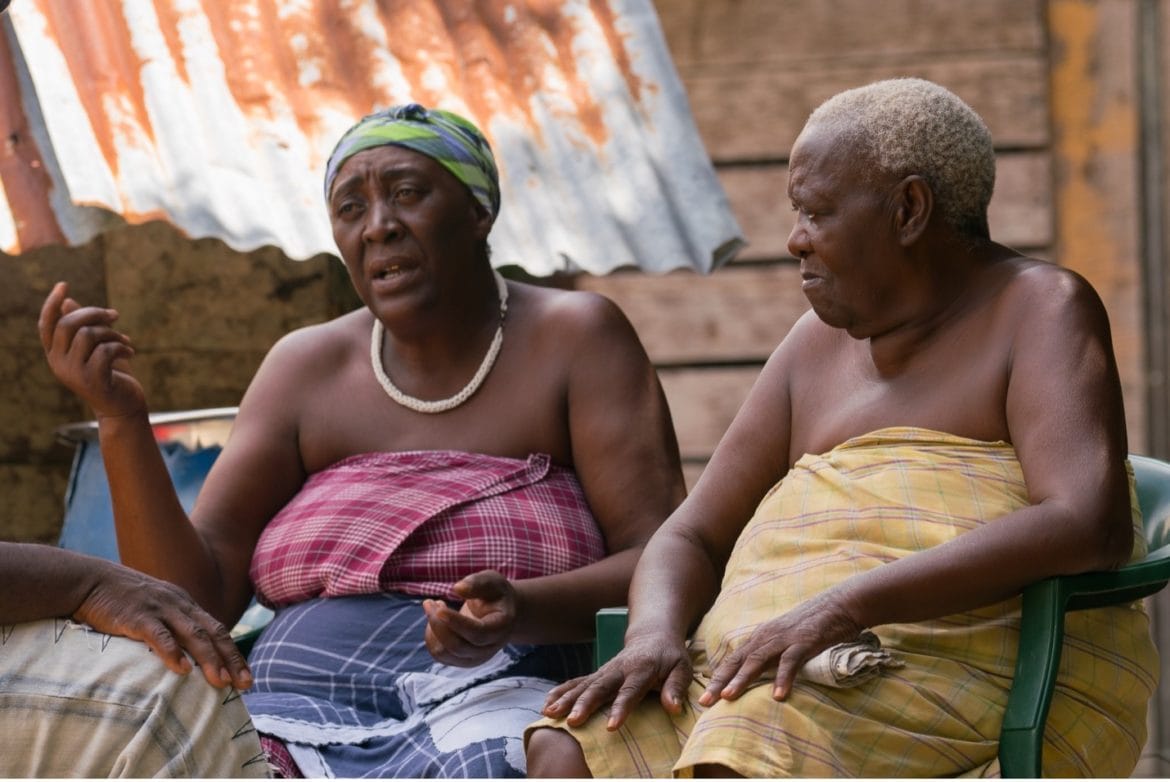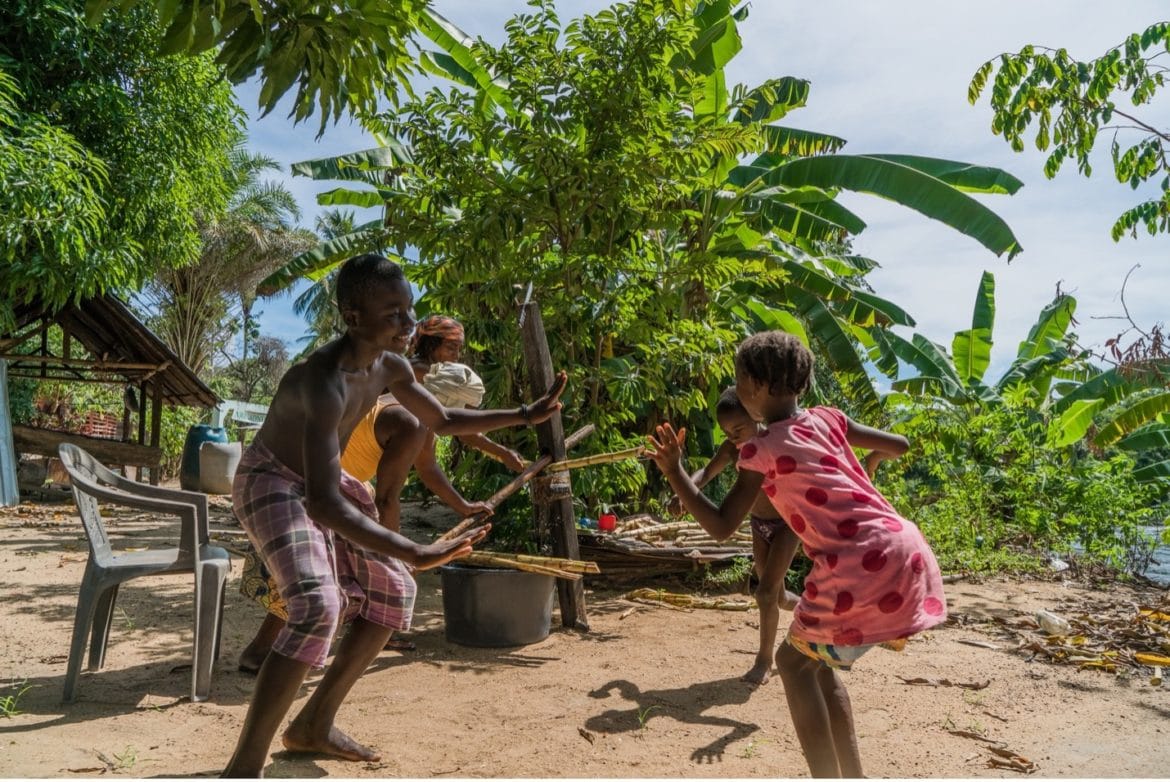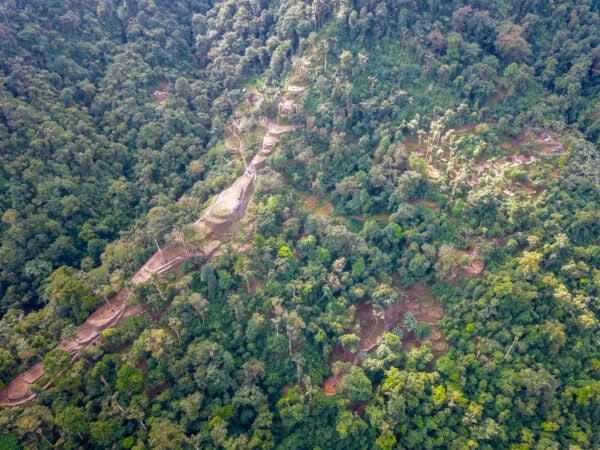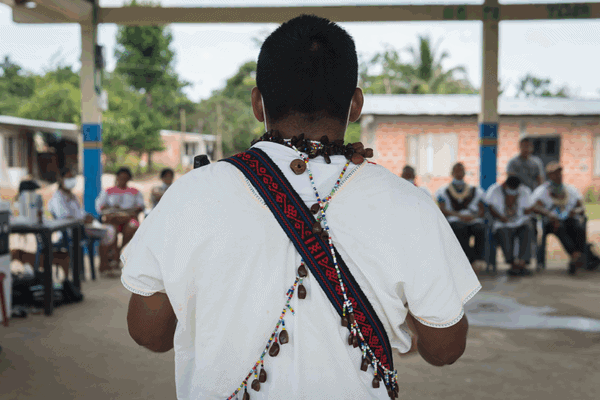Recent momentum toward collective land tenure for Suriname’s afro-descendant groups
In the country of Suriname, legislation that has been drafted to finally establish land rights for the nation’s indigenous and Maroon peoples is scheduled to be brought before parliament for a vote soon. In the Americas, the public is familiar with lands rights for indigenous peoples, which often take the form of reservations or reserves. However, outside of countries like Suriname with large afro-descendant communities, there is little general awareness of the land rights of those peoples.
Colonial history of Maroon peoples in Suriname
The Maroon communities of Suriname are descended from enslaved people forced to work on colonial plantations starting in the 1600s. Many of the enslaved people escaped and fled into the dense and vast rainforests of the Guiana Shield. Eventually Maroon peoples established settlements along rivers in the center of present-day Suriname. These communities developed their own unique culture in the South American rainforest – a syncretism of diverse African heritages, the shared experience of colonial plantation life, and influence from indigenous communities. However, colonial troops were sent on raids into the forest to return the previously enslaved peoples to the plantation and burn down their settlements. After decades of aggression by the colonies and fierce resistance by the Maroon peoples, the colonial administration had no choice but to concede defeat. In the 1760s, peace treaties were signed with the Maroons communities; these treaties stipulated that the Maroons would receive autonomy and the right to exist in the forest, in exchange for a ceasefire.

Control of Maroon land in the 20th century
Around the turn of the twentieth century, the economy of Suriname began to shift from agricultural production on the coast to resource extraction, as precious commodities like bauxite and gold were found in the interior of the country. The Maroon peoples suddenly found themselves residing on top of some of the most mineral-rich and sought-after land in Suriname. From the 1960s onward, the government began to lay out infrastructure projects into the interior, including a railroad, highways, and major development projects like the large-scale Afobaka dam, which flooded over a dozen ancestral Saamaka Maroon villages. Almost overnight, Maroon peoples began to struggle for control over the land they had lived on for hundreds of years. The situation worsened when Suriname gained independence in 1975, after which Maroon land rights were lost as Suriname became a sovereign nation-state with a new constitution. Today, like indigenous peoples in the interior of Suriname, Maroon peoples still have no legal guarantee to collective land tenure over their territory.

Cautious optimism for the establishment of collective land rights in 2022
For many years, ACT has been working at the grassroots level with Maroon and indigenous communities, and at the institutional level with the regional and national governments, to raise public awareness and provide technical and legal support to help secure collective land rights for the Maroon and indigenous peoples of Suriname. Though there have been previous attempts in the nation’s parliament over the years to establish land rights guarantees for the indigenous and Maroon peoples of the country, this time the legislation is accompanied by more political will. ACT is cautiously optimistic that the drafted collective rights act could soon become law. For the Maroon peoples of Suriname, this would finally mean legal authority over their ancestral land and improved self-determination as a people – following generations of struggle to secure basic rights for themselves.
Click here to learn more about our work in Suriname.

Share this post
Bring awareness to our projects and mission by sharing this post with your friends.




